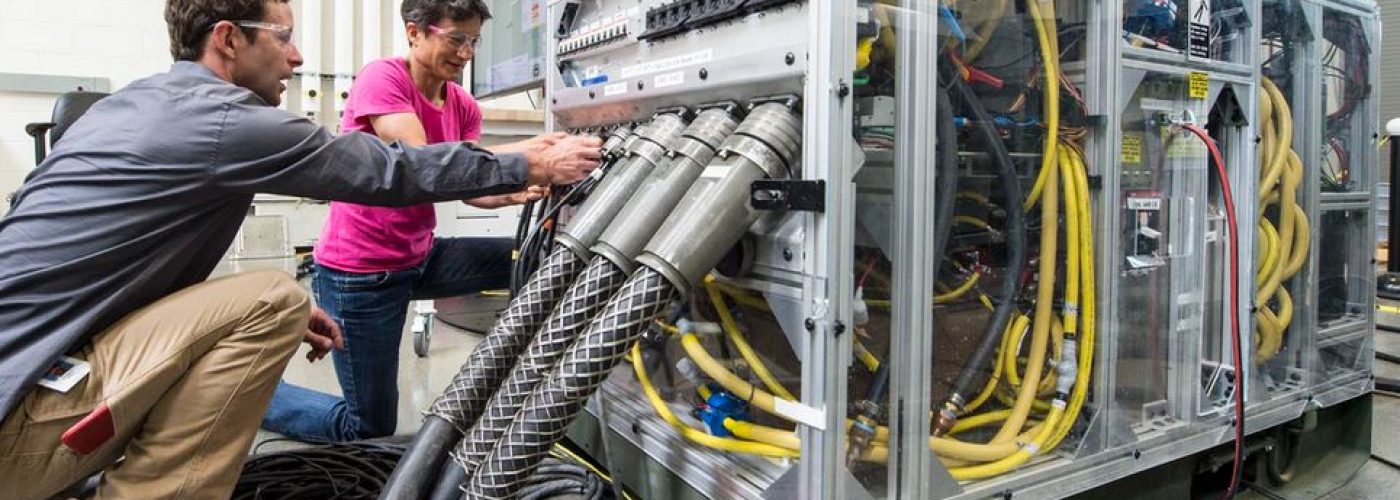SPONSORED ARTICLE
When operating in a large-scale industrial environment, dust, gas and various particles can quickly accumulate if you do not have the right system to catch and process them. Industrial businesses will require a proper baghouse filter to effectively contain and eliminate unwelcome particles and harmful gases.
But what do you need to look out for to make sure that you get the most out of your baghouse filters? In this article, we’ll walk you through key elements of the filter system to ensure optimal performance.
The checklist for troubleshooting potential issues
The industrial-sized air pollution control devices are quite complex systems that require significant maintenance and supervision to ensure a safe and clean working environment. If you are having problems with your baghouse filters, it may be due to the overloading of dust or simply unreliable cleaning systems. To maintain a reliable industrial dust collector, you should pay special attention to:
Airflow – If the level of cleaning for the filters do not match the dust loading, it may cause issues with the airflow. Some may install a longer bag or a new collector with an increased bag capacity, while others switch to pleated bags to enlarge the filter area.
Cleaning air – A way for you to ensure better cleaning from the baghouse filter, is to ensure that the tanks are completely free of any moisture and debris, which can negatively affect the cleaning performance.
Drop-out box – The larger the distance between the bottom of your filters and the hopper, which is called the drop-out box, the fewer larger particles reach the filter surface area which can negatively influence the airflow. you can optimise this by switching to smaller pleated bags or increasing the surface area.
Emission – A change of your regular filter media may be required due to emission regulations. This provides an ideal opportunity for upgrading your filter to help reduce emissions.
Filter media choice – Dust is not just dust. The size of the particles can vary a lot and each type has its own characteristics. Be sure to select a proper material that can filter the intended particles. Your choice may depend on the level of humidity and temperature as well as the requirement for resistance to dust particles and chemicals.
Pulse sequence & frequency – The selected pulse sequence should prevent cross-contamination, where dust from dirty filters spread to clean filters. Your baghouse filter also should never have a pulsing frequency that is faster than the reservoir can handle without hurting performance.
Reservoir – Too small and restrictive components can result in poor filter cleaning. Make sure that there are no restrictions from the compressor to the reservoir. Your tank size should also be able to handle your requirements for cleaning.
Avoid underperforming baghouse filters
If you do not respond to performance issues in a timely manner, you may increase the risk of causing bottlenecks and negatively impact your production costs. There are no complete guarantees, but you can help ensure a long service life for your baghouse filter with efficient troubleshooting.





